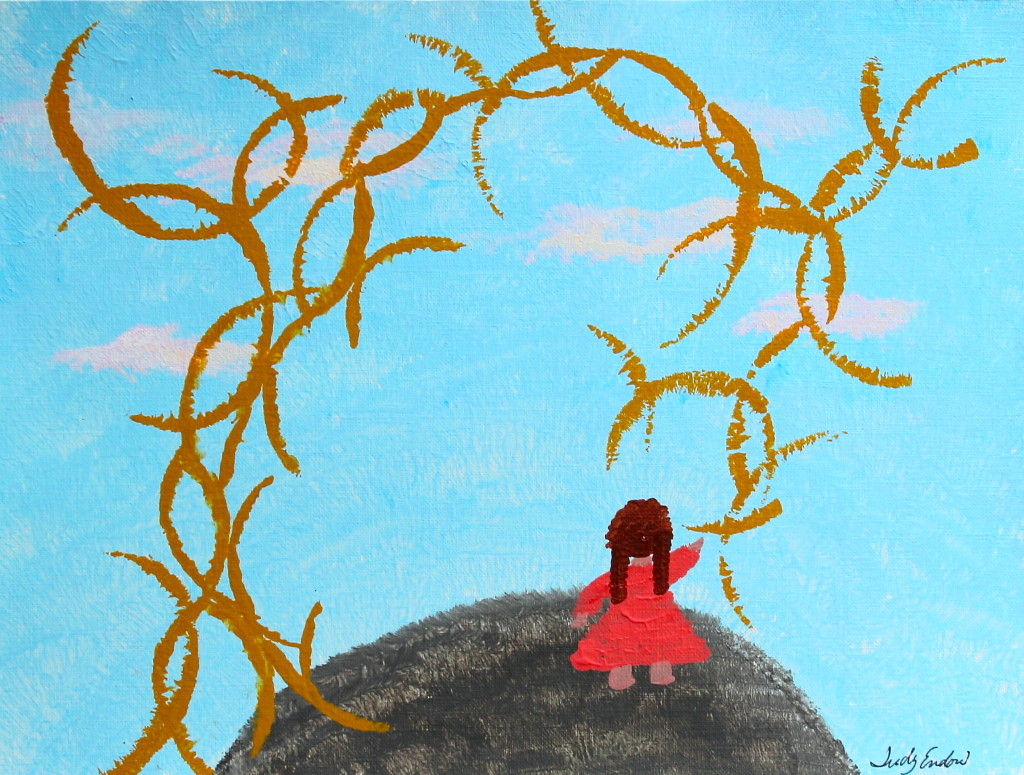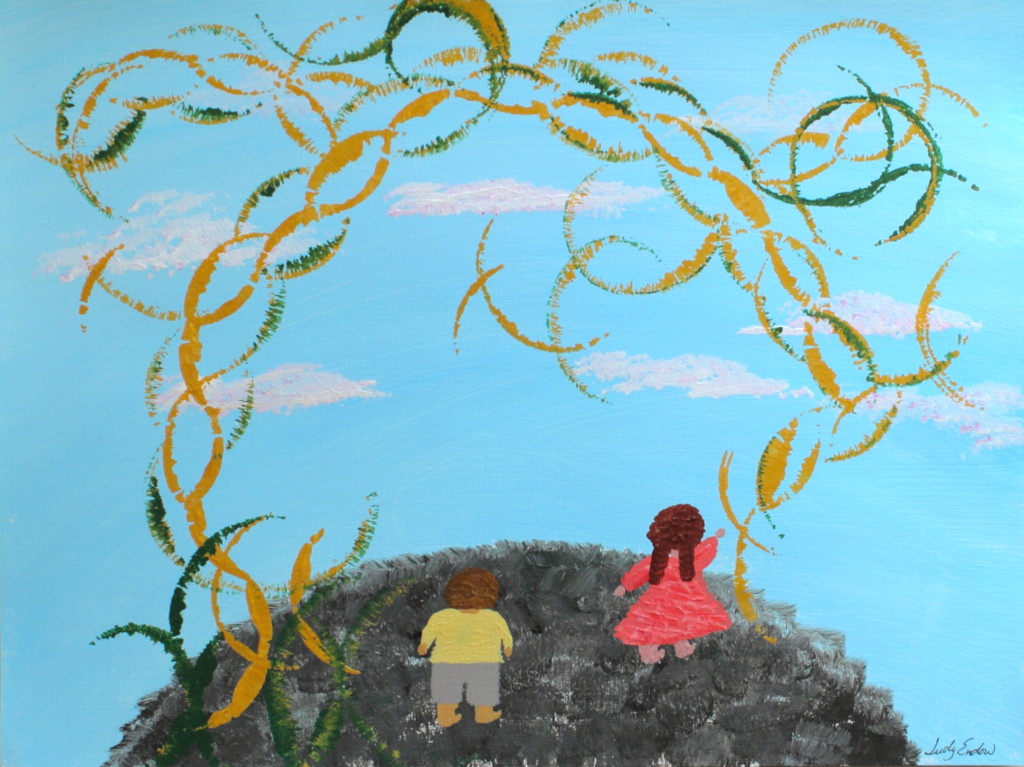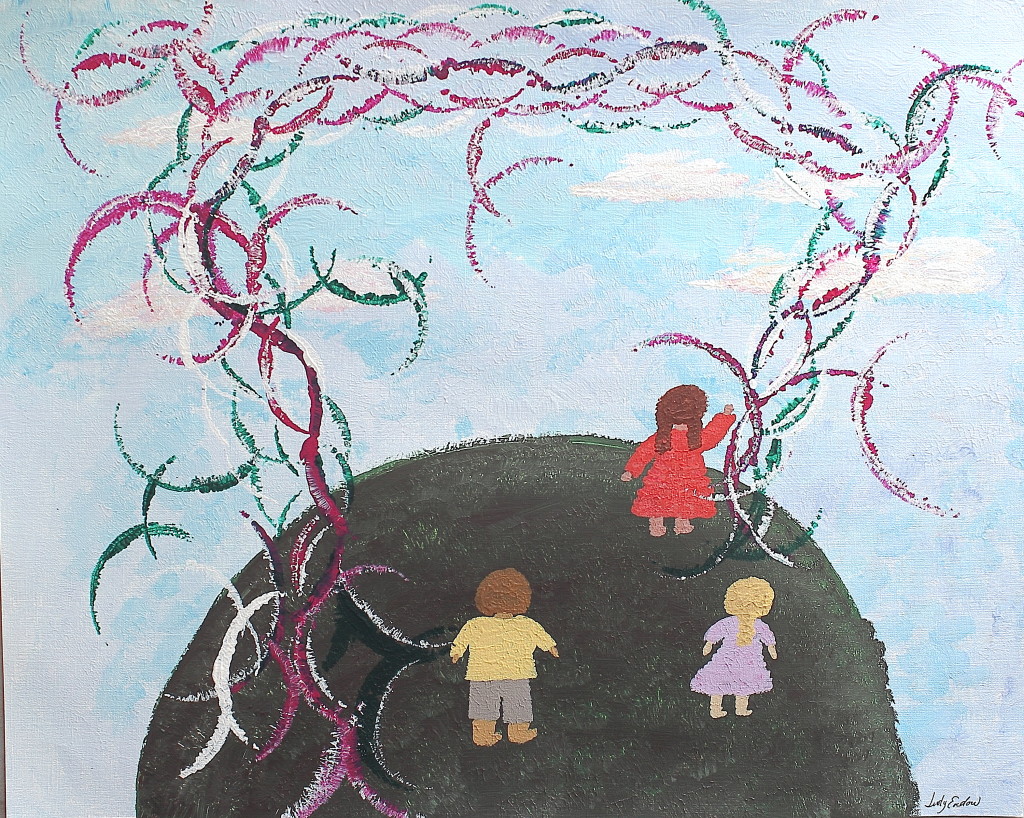This blog is actually the introduction that appears in my newest book (Endow, 2019, pp. xiii-xiv) available as of last week.
MOST ANYTHING ABOUT AUTISM and learning typically start out with the deficits of autism responsible for the problem experienced by the autistic. Then, it is followed up with ideas on how to address the deficits so as to impact the problem. If I were to start this book that way I would next talk about the diagnostic criteria. Here is what the DSM-5 says:
ASD Diagnostic Criteria
Persistent deficits in social communication and social interaction across multiple con-texts (current or history)
1. Deficits in social-emotional reciprocity…
2. Deficits in nonverbal communicative behaviors…
3. Deficits in developing, maintaining and understanding relationships…
Restricted, repetitive patterns of behavior, interests or activities… motor movement, sensory, sameness, routine, xated interests in objects or topics
– Diagnostic and Statistical Manual of Mental Disorders, 5th ed., 2013
In case you don’t know how the DSM diagnosing works I can fill you in. We have our everyday people on the face of the earth. They make up most of the population. Because this group makes up the majority we have decided their behaviors are typical and we label them normal. Then, everyone else is measured according to how far away from normal they land. And if they land far enough away from normal in enough areas they get a diagnostic label.
By design, DSM labels are framed in deficit terms. And in terms of diagnostics this deficit language is helpful. However, it isn’t very often helpful when we take this deficit-based language out of the diagnostic arena and use it to describe who and what autistic people are in this world.
We are ever so much more than the sum total of our diagnostic deficits. So, let’s begin with
autistic people – who are they? how do they think? what are their strengths? their skills? their way of understanding the world? How do they understand other people?
All of my life, until very recently, I have only known what I am not. It is because autism is largely measured by absence of neurotypicality. My hope for the future is that autistics coming up behind me will grow up with a more positive sense of self – learning who they are in this world rather than who they are not.
In that spirit I write from a perspective shift. A self-determined life is empowered through comprehension of the context in which we live. Let’s start with autistic people and comprehension – reading comprehension and life comprehension. How does it work? How do we empower autistics, based on their neurology, to comprehend what they read and to better understand the foreign land in which they find themselves living?
BOOKS BY JUDY ENDOW
Endow, J. (2019). Autistically Thriving: Reading Comprehension, Conversational Engagement, and Living a Self-Determined Life Based on Autistic Neurology. Lancaster, PA: Judy Endow.
Endow, J. (2012). Learning the Hidden Curriculum: The Odyssey of One Autistic Adult. Shawnee Mission, KS: AAPC Publishing.
Endow, J. (2006). Making Lemonade: Hints for Autism’s Helpers. Cambridge, WI: CBR Press.
Endow, J. (2013). Painted Words: Aspects of Autism Translated. Cambridge, WI: CBR Press.
Endow, J. (2009). Paper Words: Discovering and Living With My Autism. Shawnee Mission, KS: AAPC Publishing.
Endow, J. (2009). Outsmarting Explosive Behavior: A Visual System of Support and Intervention for Individuals With Autism Spectrum Disorders. Shawnee Mission, KS: AAPC Publishing.
Endow, J. (2010). Practical Solutions for Stabilizing Students With Classic Autism to Be Ready to Learn: Getting to Go. Shawnee Mission, KS: AAPC Publishing.
Myles, B. S., Endow, J., & Mayfield, M. (2013). The Hidden Curriculum of Getting and Keeping a Job: Navigating the Social Landscape of Employment. Shawnee Mission, KS: AAPC Publishing.















